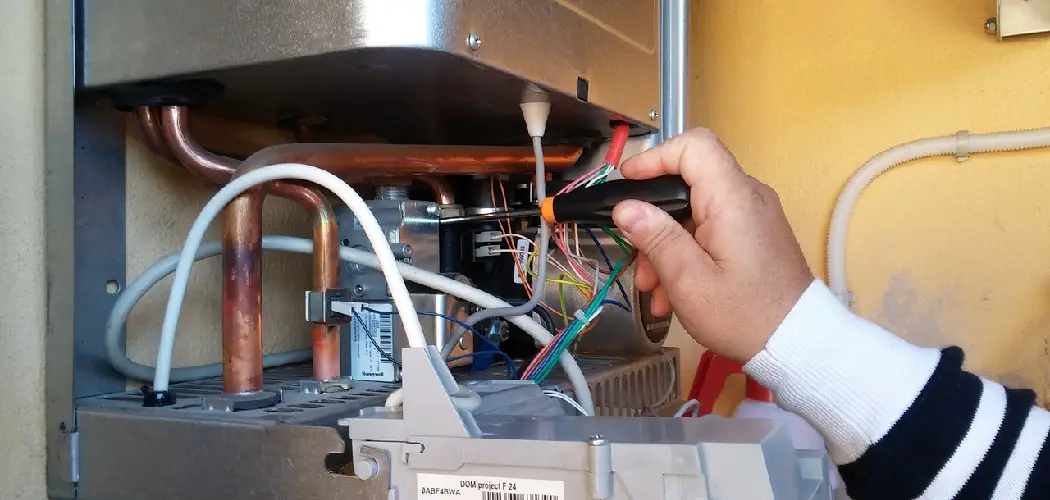When a boiler breaks down, it can be both frustrating and inconvenient, especially during the colder months. While some issues may require professional intervention, many common boiler problems can be addressed with a bit of knowledge and some basic troubleshooting steps.
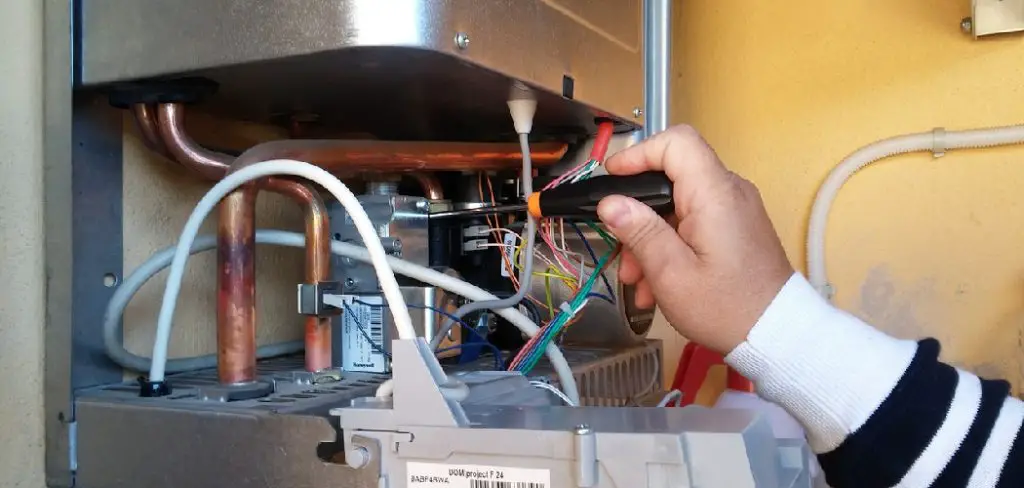
In this guide, we will explore some of the most frequent causes of boiler malfunctions and provide practical advice on how to fix a broken boiler. Whether you’re dealing with no heat, strange noises, or a pilot light that’s gone out, this introduction will set you on the path to restoring your boiler’s functionality.
The Importance of Boilers in Providing Heat and Hot Water in Homes
Boilers play a crucial role in maintaining comfort and convenience within our homes. By efficiently converting fuel into heat, they ensure that our living spaces remain warm and cozy during chilly seasons. In addition to heating, boilers are vital for providing a consistent supply of hot water for daily activities such as bathing, cooking, and cleaning. Unlike other heating systems, boilers can maintain even heat distribution, preventing the uneven temperatures that can lead to discomfort.
Their reliability, efficiency, and ability to provide both heat and hot water make them an indispensable component of modern home infrastructure. As such, a functioning boiler significantly contributes to the overall well-being and quality of life for households.
Safety Precautions Before Fixing a Broken Boiler
Before attempting any repair or troubleshooting on a broken boiler, it’s essential to prioritize safety to prevent accidents or further damage. Firstly, ensure that the power supply to the boiler is completely switched off to avoid any risk of electric shock. If the boiler operates on gas, check for any gas leaks by smelling for unusual odors; if detected, immediately evacuate the premises and contact a professional.
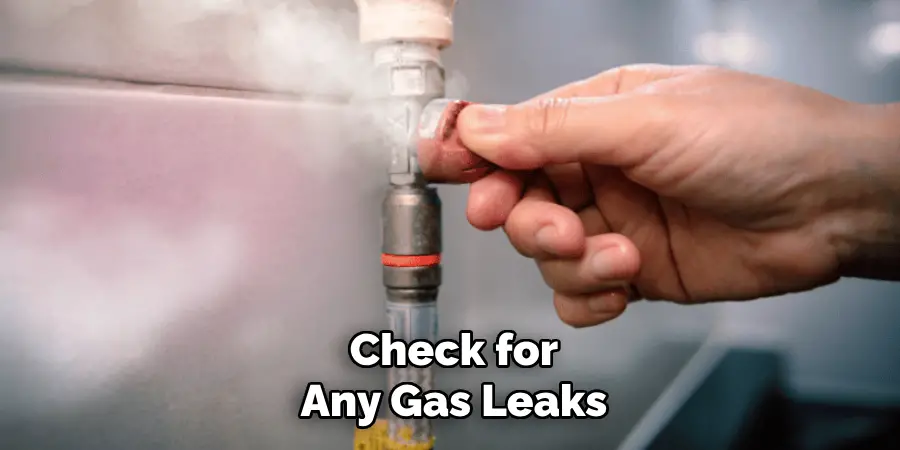
It is also advisable to allow the boiler to cool down entirely before handling it, as contact with hot components can cause burns. Wear protective clothing like gloves and safety glasses to safeguard against accidental injuries. Lastly, familiarize yourself with the boiler’s manual to understand the system better and identify the safety features in place, ensuring a safe approach to fixing any issues. If ever in doubt, consult with a certified technician to handle the repairs safely and efficiently.
10 Methods How to Fix a Broken Boiler
1. Check the Power Supply
The first step in troubleshooting a broken boiler is to ensure it has a reliable power supply. Sometimes, the boiler may stop working simply because of a power outage or a tripped circuit breaker. Locate your boiler’s fuse or breaker box and ensure the switch is in the “on” position. If the circuit breaker has tripped, reset it and see if the boiler starts operating again. If the fuse has blown, replace it with one of the correct amperage. Checking the power supply is a straightforward fix that can resolve issues stemming from electrical interruptions.
2. Inspect the Thermostat Settings
A malfunctioning or incorrectly set thermostat can cause a boiler to stop working properly. Check the thermostat to ensure it is set to the desired temperature and in heating mode. Sometimes the thermostat settings can be changed accidentally, or the battery may have died, leading to a communication failure between the thermostat and the boiler. Replace the battery if necessary and try adjusting the temperature settings to see if the boiler responds. Thermostats with Wi-Fi connections can also experience glitches, so a simple restart of the thermostat’s system can often resolve the issue.
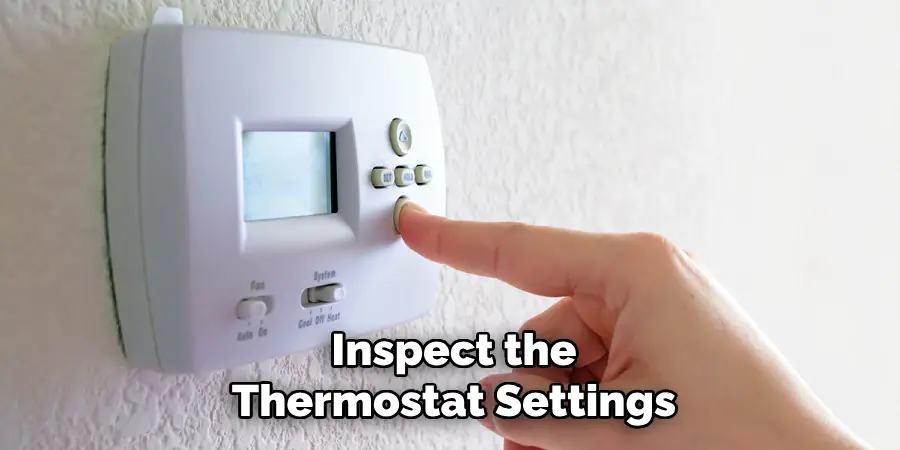
3. Reset the Boiler
Most modern boilers come equipped with a reset button that can help restart the system after minor faults or malfunctions. If your boiler is not working, locate the reset button—often found on the control panel—and press it. Hold the button for about 10 seconds, then release it and wait for the boiler to restart. It may take a few minutes for the boiler to resume normal function. A reset can help clear minor electronic glitches or faults in the system. However, avoid resetting the boiler multiple times if the issue persists, as this could indicate a more serious problem requiring professional attention.
4. Check for Gas Supply Issues
If your boiler runs on natural gas, a disruption in the gas supply could cause it to stop working. Ensure that the gas supply valve is open and that there are no blockages or interruptions in the gas line. Check other gas appliances in your home to confirm if they are working properly, as this can help you determine whether the issue is with your boiler or the gas supply itself. If the gas supply seems to be the problem, contact your gas provider to inspect the line. Never attempt to repair gas lines yourself, as this can be extremely dangerous.
5. Bleed Radiators and Release Air Traps
Air trapped in the boiler’s system can prevent hot water from circulating properly, leading to poor heating performance or complete boiler failure. If your radiators aren’t heating up fully or the boiler makes gurgling sounds, bleeding the radiators may solve the problem. Use a radiator key to turn the valve at the top of each radiator, releasing any trapped air until water begins to flow. This can help balance the system and improve heat distribution. After bleeding the radiators, check the boiler’s pressure and ensure it is within the recommended range, as bleeding can sometimes cause a drop in pressure.
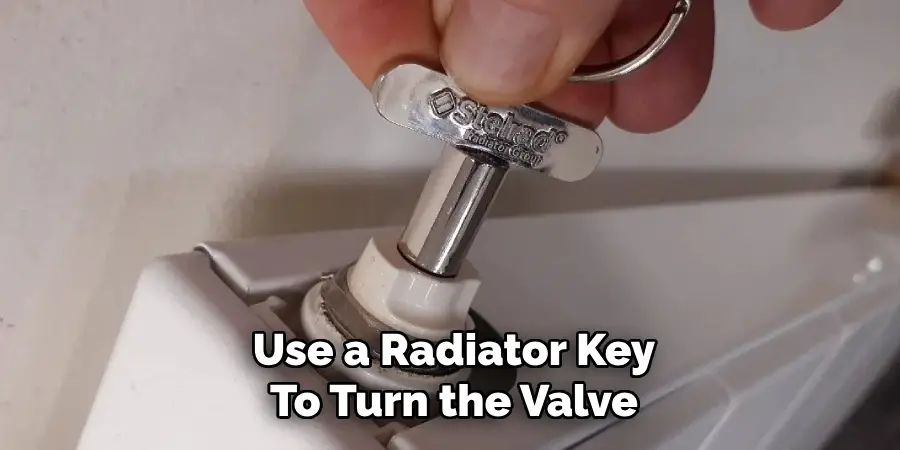
6. Re-Pressurize the Boiler
Low boiler pressure is another common cause of malfunction. Boilers typically operate within a pressure range of 1 to 2 bars, and if the pressure drops too low, the boiler may stop working altogether. To check the pressure, locate the pressure gauge on the boiler’s control panel. If the reading is below the recommended range, you’ll need to re-pressurize the boiler. This can usually be done by opening the filling loop valves located under the boiler and allowing water to flow into the system until the pressure gauge reaches the correct level. Once the pressure is restored, close the valves and check if the boiler resumes normal operation.
7. Inspect the Pilot Light or Ignition
For boilers with a pilot light, check to see if the flame is still lit. If the pilot light has gone out, this could be why your boiler isn’t working. Re-lighting the pilot light can often fix the problem, but be sure to follow the manufacturer’s instructions carefully to avoid gas leaks or other hazards. If your boiler has an electronic ignition system, the issue may lie with a faulty ignitor or ignition electrode. In such cases, resetting the boiler or replacing the ignitor could resolve the problem. However, if the ignitor continues to fail, it’s best to call a professional for further inspection.
8. Clean the Condensate Pipe
In colder climates, the condensate pipe, which removes excess water from the boiler, can freeze and become blocked. A frozen or blocked condensate pipe can cause the boiler to shut down to prevent further damage. To fix this, locate the condensate pipe (usually a plastic pipe leading outside) and check for ice blockages. If you find ice, gently pour warm water (not boiling) over the pipe to thaw it out. Once the blockage is cleared, reset the boiler and see if it resumes normal function. To prevent future freezing, consider insulating the condensate pipe or moving it to a warmer location.
9. Check for Fault Codes
Many modern boilers have digital displays that show fault codes when something goes wrong. If your boiler isn’t working, check the display for any error codes. Each code corresponds to a specific issue, such as low pressure, ignition failure, or sensor problems. Consult your boiler’s user manual to identify the meaning of the fault code and follow the recommended troubleshooting steps. In some cases, the fix may be as simple as resetting the system or adjusting a setting. However, more complex error codes may require the expertise of a qualified heating engineer.
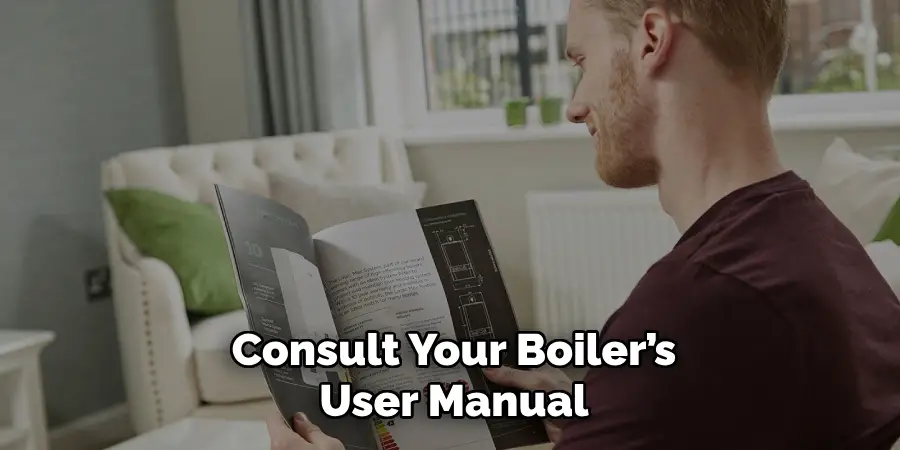
10. Call a Professional Engineer
If you’ve tried the above methods and your boiler is still not functioning, it’s time to call a professional heating engineer. Boiler systems can be complex, and certain issues, such as internal component failures or leaks, require expert diagnosis and repair. A professional will be able to identify the root cause of the problem and provide the appropriate fix, whether that involves replacing faulty parts, addressing gas supply issues, or re-calibrating the system. Attempting to repair complex boiler problems without proper knowledge or experience can be dangerous and may void any warranties on the boiler.
Conclusion
In conclusion, while most boiler issues can be addressed through simple troubleshooting steps, recognizing when to seek professional assistance is crucial to ensure safety and efficiency. Regular maintenance and timely repairs not only extend the life of the boiler but also improve its performance, ensuring a warm and comfortable home environment. Thanks for reading, and we hope this has given you some inspiration on how to fix a broken boiler!
About
Angela is the chief editor of Indoorense. She began her career as an interior designer before applying her strategic and creative passion to lifestyle and home.
She has close to 15 years of experience in creative writing and online content strategy for housekeeping and cleaning,home decorations as well as other efforts.
She loves her job and has the privilege of working with an extraordinary team. She lives with her husband, two sons, and daughter in Petersburg. When she’s not busy working she spent time with her family.

